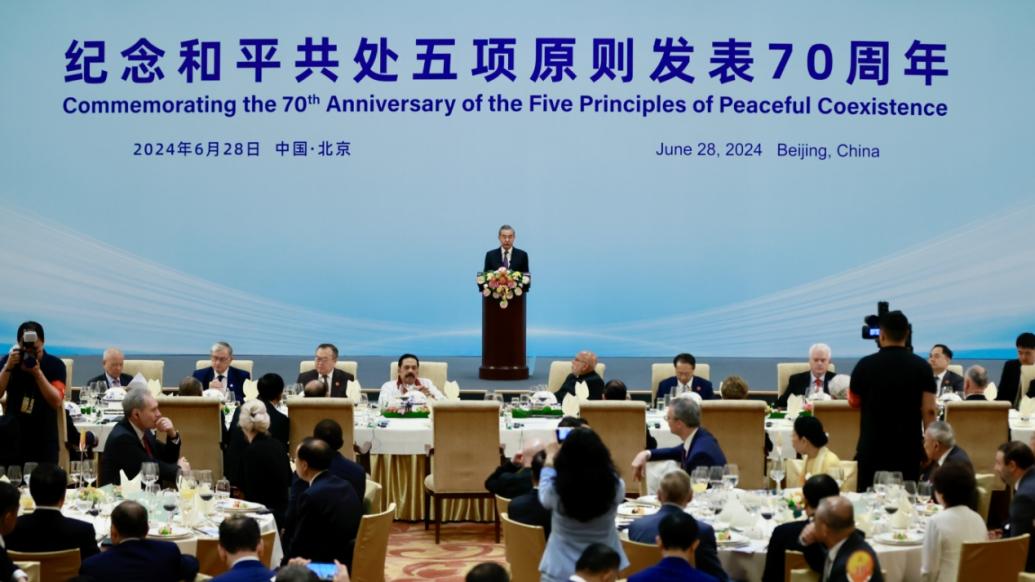
By Mark J. Valencia
An Environmental Protection Regime for the South China Sea: Fact vs Fiction
There has recently been a resurgence of romantic proposals for a cooperative environmental protection regime in the Spratlys and the South China Sea as a confidence building precedent for cooperation on other more difficult matters. In a recent opinion piece in the South China Morning Post entitled “As nations fight for control, South China Sea coral reefs are dying in silence”, James Borton and Jackson Ewing attempt to revive the idea. Similar but more detailed proposals have also been advanced by others, notably the Asia Maritime Transparency Initiative at Washington’s Center for Strategic and International Studies. Of course, environmental protection and preservation of the South China Sea ecosystem is important and imperative. But Borton and Ewing’s piece is a polemic that makes misleading and unsupported assertions. Such screeds actually undermine the argument for what they advocate by ignoring reality because they make it harder to convince already skeptical policy makers of their necessity and urgency.
Let’s look at the facts. China destroyed many coral reefs in the Spratlys in its state-sponsored binge of construction and in its allowance of the destructive “mining” of valuable giant clams. The other claimants of the features have also engaged in construction on those they occupy. But long before their environmental and ecological depredations, fishers — particularly from the Philippines — engaged in very destructive muro ami, blast and poison fishing there over many years. Pollution from passing ships and from runoff from the main coasts are also factors in damaging the atoll ecosystems.
These facts do not excuse what China and others did in recent times, but if one is advocating acceptance by policy makers of cooperation in environmental protection, it is important to tell a balanced story rather than to single out any one country for blame. China has tacitly acknowledged its damage by initiating a program to restore the coral reef ecosystem. This may well be too little too late and the proof will be in the pudding. But it would be good if other guilty claimants followed suit.
Borton and Ewing imply that the Spratlys ecosystem is a main habitat for larvae that repopulate the capture fisheries. The originators and supporters of this theory call it a “genetic savings bank.” But there is no incontrovertible proof of this theory. The Spratly atolls could just as well be a semi-isolated ecosystem harboring and nurturing mostly coral reef fish larvae — not those of capture fish — especially migratory species.
The region’s coastal waters play a major role in harboring and nurturing fish larvae for capture fisheries. Long-term unrestrained environmental pollution and overfishing are the predominant causes of the failure of fisheries in the South China Sea.
Another fact is that the nutrients that support the food chain of the capture fisheries are overwhelmingly derived from the littoral coasts not the Spratlys. Indeed, the major rivers — like the Pearl and the Mekong — are by far the major contributors of nutrients to the South China Sea.
Previous efforts for true multilateral co-operative environmental management in the South China Sea and the Spratlys have been ineffective in reducing pollution, direct environmental damage and overfishing. The main obstacle has always been the mutual suspicion generated by the jurisdictional disputes. Most prospective participants did not want to take any action that would appear to submit their “authority” over areas they claim in order to co-operate.
The only real international co-operation in the South China Sea was the Joint Marine Seismic Undertaking between China, Vietnam and the Philippines, initiated by the latter, to explore defined areas in the South China Sea.
Since the groundbreaking July 2016 international arbitration decision, it is legally only the rocks and reefs themselves that are disputed. The 40 odd Spratly features above high water are legal rocks that only generate 12 nautical mile territorial seas. Many say China still claims most of the sea via its 9-dash line historic claim. If so, it is China that the advocates need to focus on and persuade — not attack and blame. The rest of the South China Sea is either within the coastal nations’ 200 nm EEZs or are high seas and part of the global “common heritage”.
That means the disputes increasingly focus on sovereignty over “territory” and that makes nationalism the fundamental driver of national policy in this area. The international law of ownership is not helpful in this problem because it holds that a sovereignty claim can depend on “effectivities”. Effectivities regarding the acquisition (or attribution) of territory generally require that there be a continuous display of power and authority over the territory by the exercise of jurisdiction and state functions, on a continuous and peaceful basis, as well as acquiescence by others. Effectivities would be an important consideration by any arbiter considering the question of sovereignty over any of the rocks. Thus “setting aside” sovereignty claims to these rocks could one day be used to argue against the claimants.
More politically dangerous, it could be used by domestic opposition to severely criticize the ruling government if it were seen to be compromising sovereignty over a portion of the “motherland”. Thus, regardless of any solemn agreements, there is lack of mutual trust that voluntarily subordinating sovereignty to a greater human good will not be used against a nation in future claims and negotiations. That is the primary obstacle to agreeing to a sharing or cooperation scheme of any kind for any reason — including protecting and preserving the environment of the South China Sea.
There are also many subsidiary political obstacles to cooperative environmental management there. For example, there is the practical matter of whether efforts to preserve the environment there — for both the claimants and any outside donors — is worth the time and resources it would take away from other environmental protection efforts in the region. Much of the land and near shore of these features has already been heavily degraded. This raises the question of whether the remainder is really worth the costs of “saving” it. Moreover, when the choice for these relatively poor nations is between harvesting resources or preserving the environment, the latter is a lower priority.
The only real international co-operation in the South China Sea was the Joint Marine Seismic Undertaking (JMSU) between China, Vietnam and the Philippines, initiated by the latter, to explore defined areas in the South China Sea. China (CNOOC) carried out the surveys, Vietnam (Petro Vietnam) processed the data, and the Philippines (PNOC-EC) interpreted it. In the beginning, analysts held high hopes that it would be a successful multilateral venture circumventing the serious South China Sea maritime conflicts and creating a precedent for co-operation in other spheres. But it was not to be. The agreement was criticized as undermining the ASEAN claimants’ claims and ASEAN unity, as well as the juridical position of the Philippines. Moreover, it was alleged to be a violation of the constitution of the Philippines and tied to alleged corruption in the leadership. It was not renewed. Not only did this agreement not build trust and confidence between the claimants, it arguably decreased it. And this cooperation was supposed to be to harvest something seen as more valuable than protecting the “environment” by the nations involved.
Indeed, to the prospective participants in a cooperative environmental management regime, the potential costs outweigh the potential benefits. Until this perception changes, such a regime is unlikely to take root. At this stage, such a regime is still a faint voice in the wilderness of realpolitik.

























Leave a Reply
Your email address will not be published. Required fields are marked *